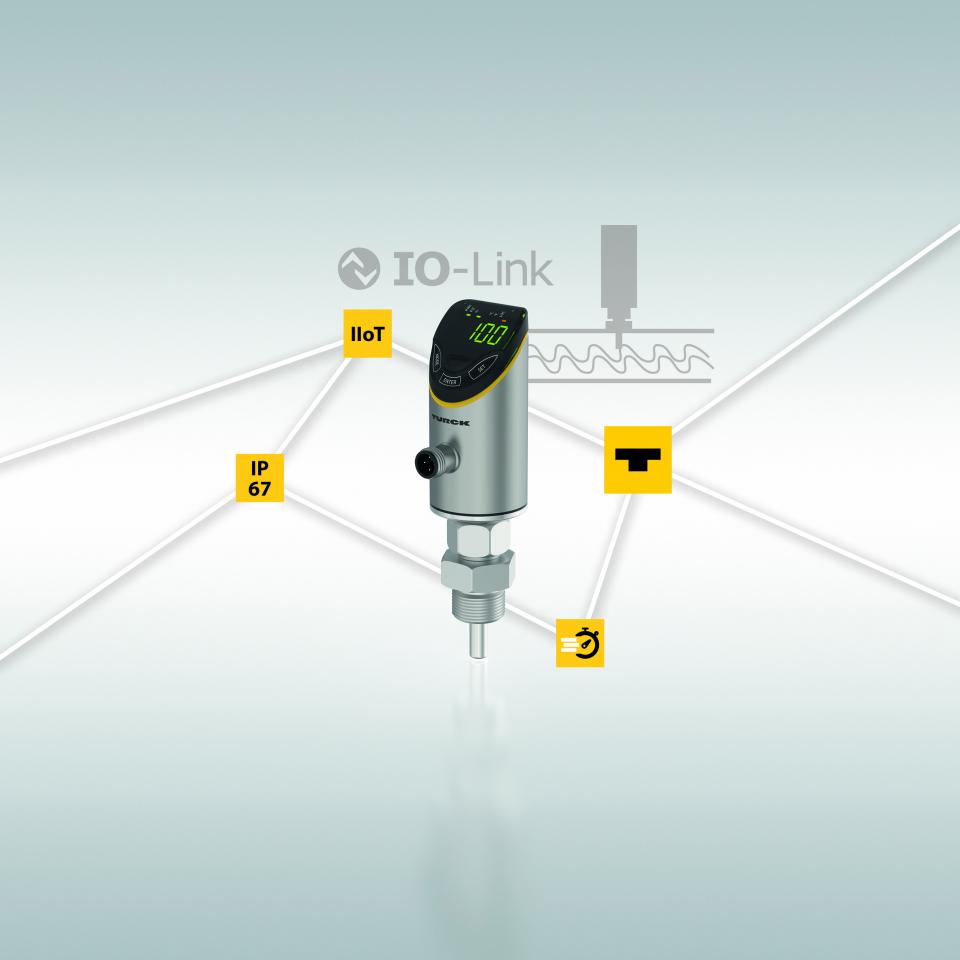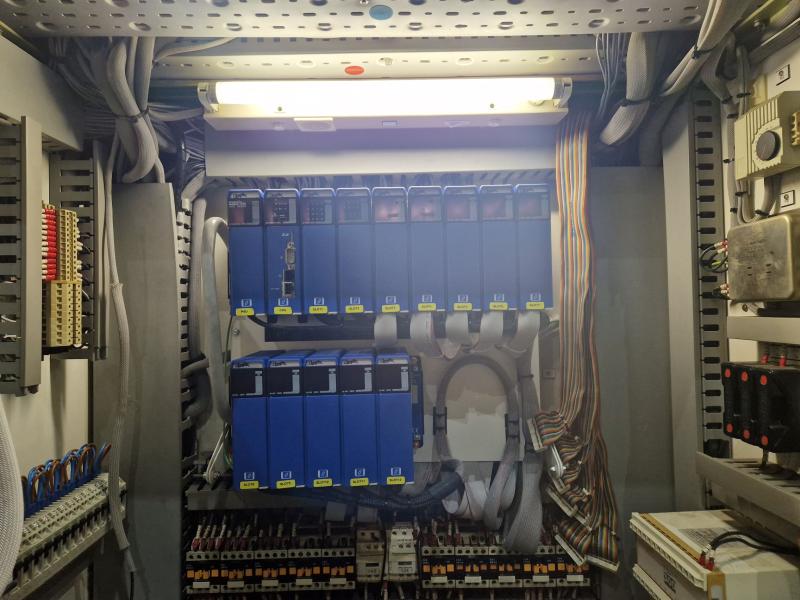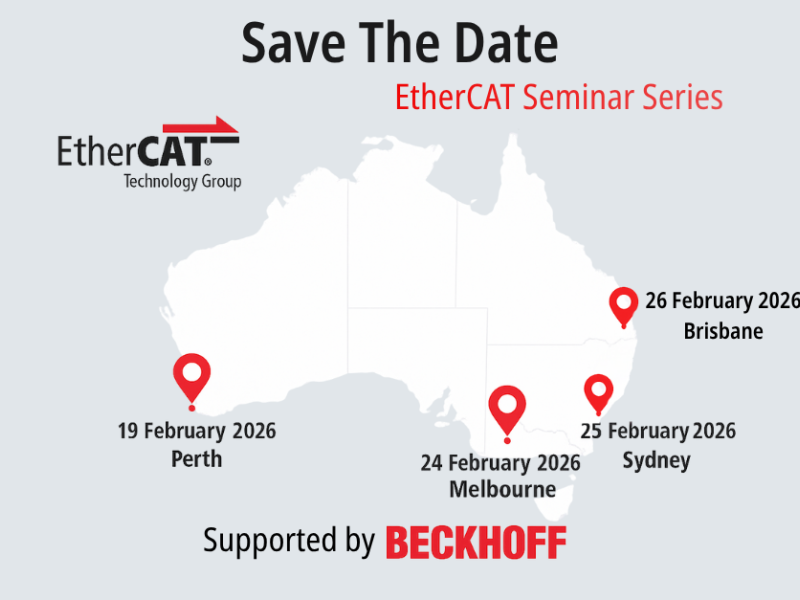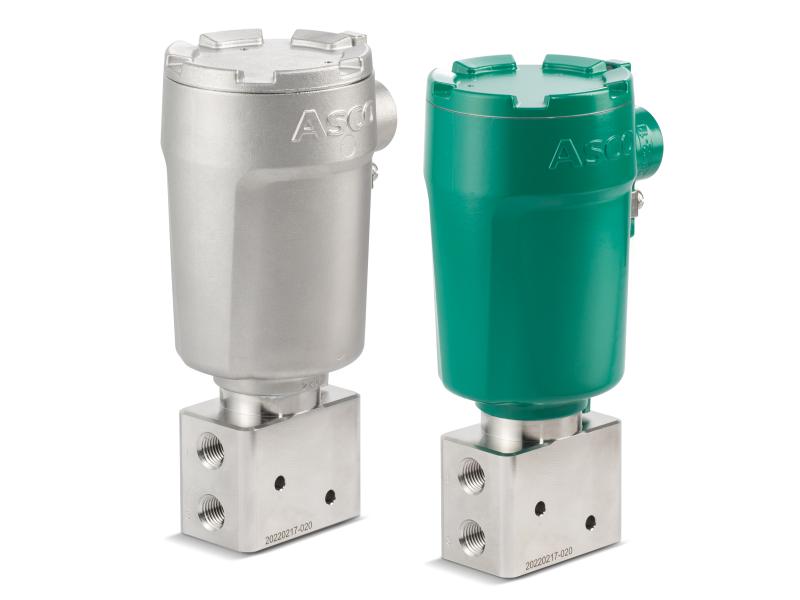The new Alphanumeric display on Turck's FS101 sensors makes commissioning and operation of the FS+ fluid sensor family even easier.
Turck has added the FS101 flow sensor to its FS+ fluid sensor family. The new FS+ devices have the standard Fluid+ look and feel, making them just as easy to run and commission as the rest of the broad family. The four-digit 12 segment display on the device shows the flow rate value as a percentage of the setpoint.
The IO-Link smart sensor profile simplifies replacement of IO-Link flow sensors from other manufacturers with FS+ devices as process data, parameters and functions are standardised.
The new FS101 retains the unique Quick Teach and Delta Flow functions that already simplified commissioning in the existing FS100. Delta Flow ensures that the teach-in is not performed until the warmup phase of the temperature peak is completed, and a constant flow is present. This avoids a frequent source of errors seen in traditional parameterisation processes. Users also benefit from the trouble-free operation via capacitive touchpads. Turck will continue to offer the earlier FS100 devices with a bargraph display.
Turck flow sensors can be used in many applications including the monitoring of flow in coolant circuits or for dry-run protection in pumps.






